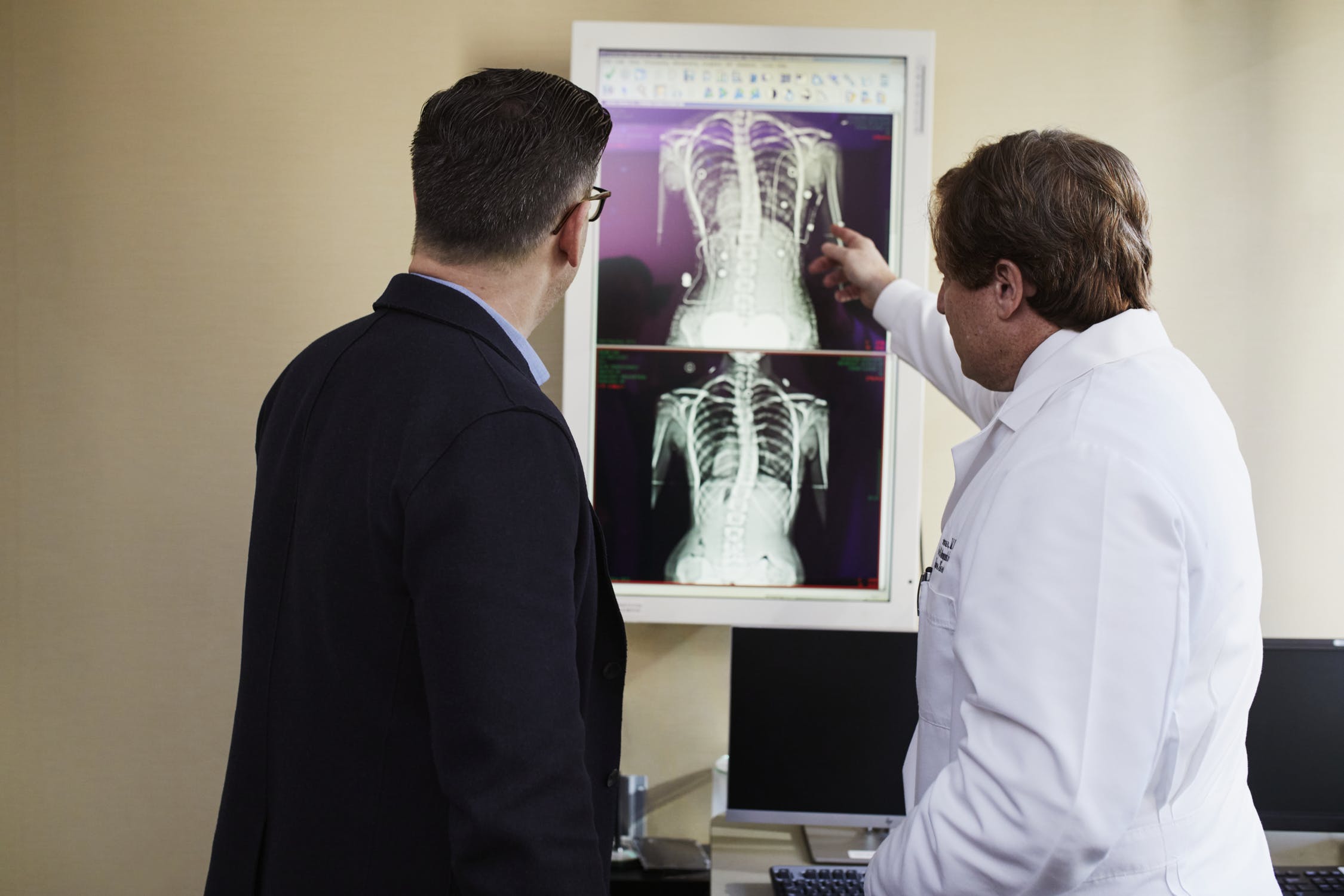When it comes to health, many people practice preventative lifestyle habits to promote a healthy quality of life and improve longevity. As medicine evolves, new technologies emerge and we can more quickly diagnose and treat conditions and prevent problems.
One such technology is the full-body scan. If you have one coming up or suspect you may need one soon, here are a few things you should know first.
What is a whole-body scan?
A whole-body scan “looks” at a patient’s insides to search for early warning signs of cancer, cardiac disease, and other abnormalities. Typically the scan is from the chin to the hips and uses a form of x-ray imaging which produces cross-sectional images. The technological term is “x-ray computed tomography” (CT), or “compurterized axial tomography” (CAT).
Each of the produced cross-sections can be studied to show body structures in high detail. CT is considered invaluable for diagnosing disease, trauma, or abnormalities in patients presenting with signs or symptoms. CT is used for planning, guiding, and monitoring therapy. The technology is marketed as a preventative or proactive healthcare tool for healthy patients who do not show signs or symptoms of disease.
An alternative to a CT scan is an MRI scan. For example, a full body MRI scan for cancer uses a magnetic resonance imaging (MRI) machine. Essentially, it is a giant magnet that uses radio waves to take images of the body’s organs and structures. MRI scans are safe for patients, since they do not use any form of radiation on the body.
Most medical facilities use proprietary MRI scanning protocols to perform full-body screenings for over a dozen types of cancer. MRI scans are quick, significantly more accurate and considerably less risky than CT scans.
Risks vs. benefits
So far, the Food and Drug Administration has not uncovered any scientific evidence proving that a whole-body scan on a seemingly healthy patient is more beneficial than harmful.
Repeat or prolonged exposure to radiation is risky, and the less unnecessary exposure, the better. Whole-body CT scans are questionable for asymptomatic patients due to the known risks of radiation exposure. As with any medical procedure, whole-body CT scans can produce false-positive results that may result in further invasive testing. Or scans can produce no findings and miss some conditions.
The radiation dosage that a patient endures during a typical CT procedure is significantly higher than the radiation doses associated with conventional x-ray imaging. The main risk with radiation exposure from CT procedure is a small yet increased possibility of developing radiation-induced cancer later in life. But for patients already showing symptoms of health conditions, the benefits of a CT procedure typically outweighs the cancer risk of high radiation.
Full-body scans often show shadows or other things that may not look normal, but are still actually harmless. In the instance of a false-positive, doctors may order further imaging tests, which means more harmful radiation exposure. If imaging isn’t enough, harmless results can also lead to biopsies and surgeries to concretely determine if there is a problem.
CT procedures are costly, and usually insurance companies do not pay for them. Out-of-pocket costs for the test can range from $500 to $1,000 and in the event of follow-up tests, the costs can be higher.
Medical personnel will explain the scan process and can answer any patient concerns prior to the procedure. And as medicine advances, nurses learn new techniques and further their education to keep up with demand. An RN-BSN program is designed for licensed registered nurses to learn from faculty with real-world clinical experience. Nurses use what they learn in the classroom to provide the best possible care and be a champion for patients.








One Reply to “The Truth About Whole-Body Scans”
Comments are closed.